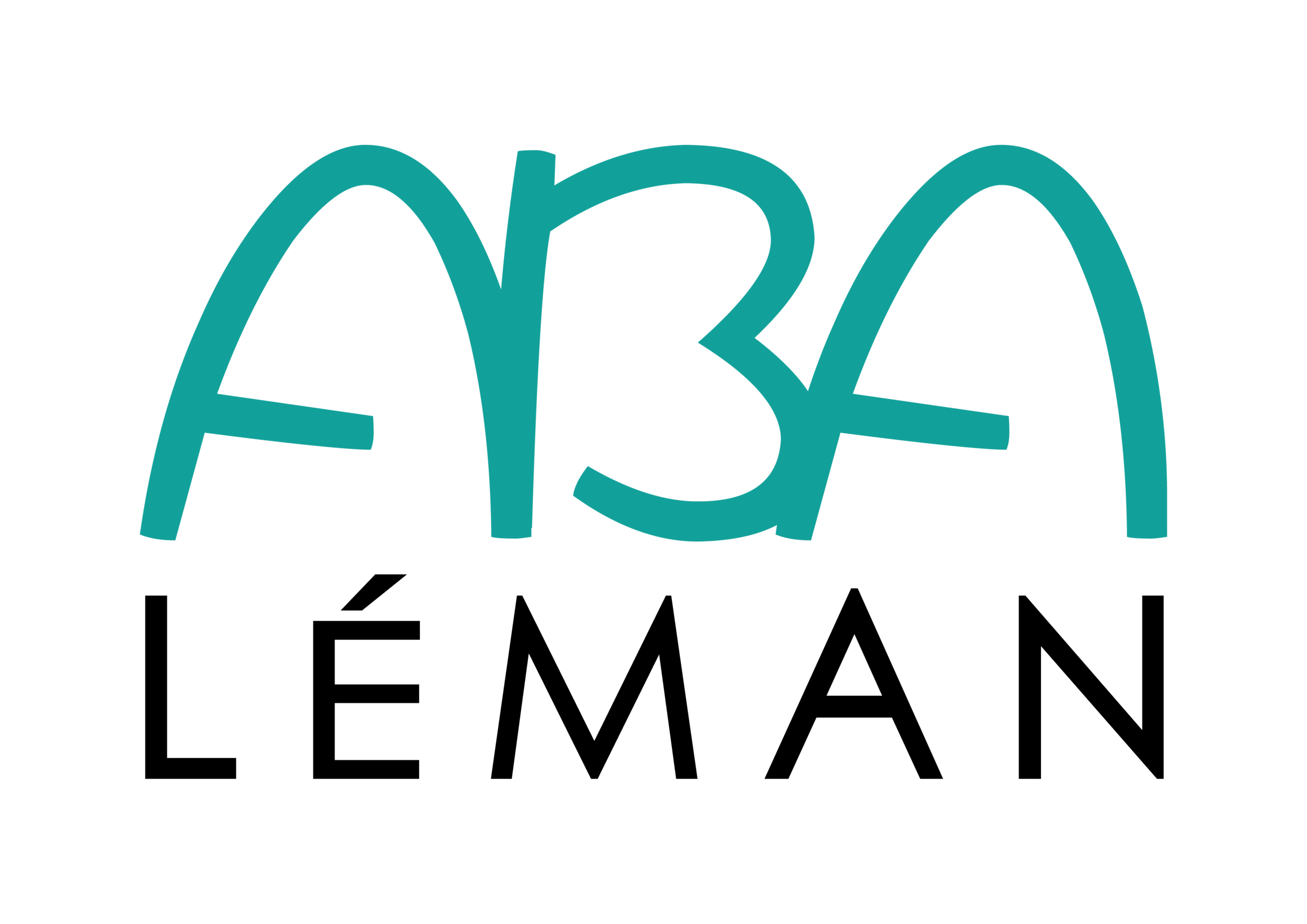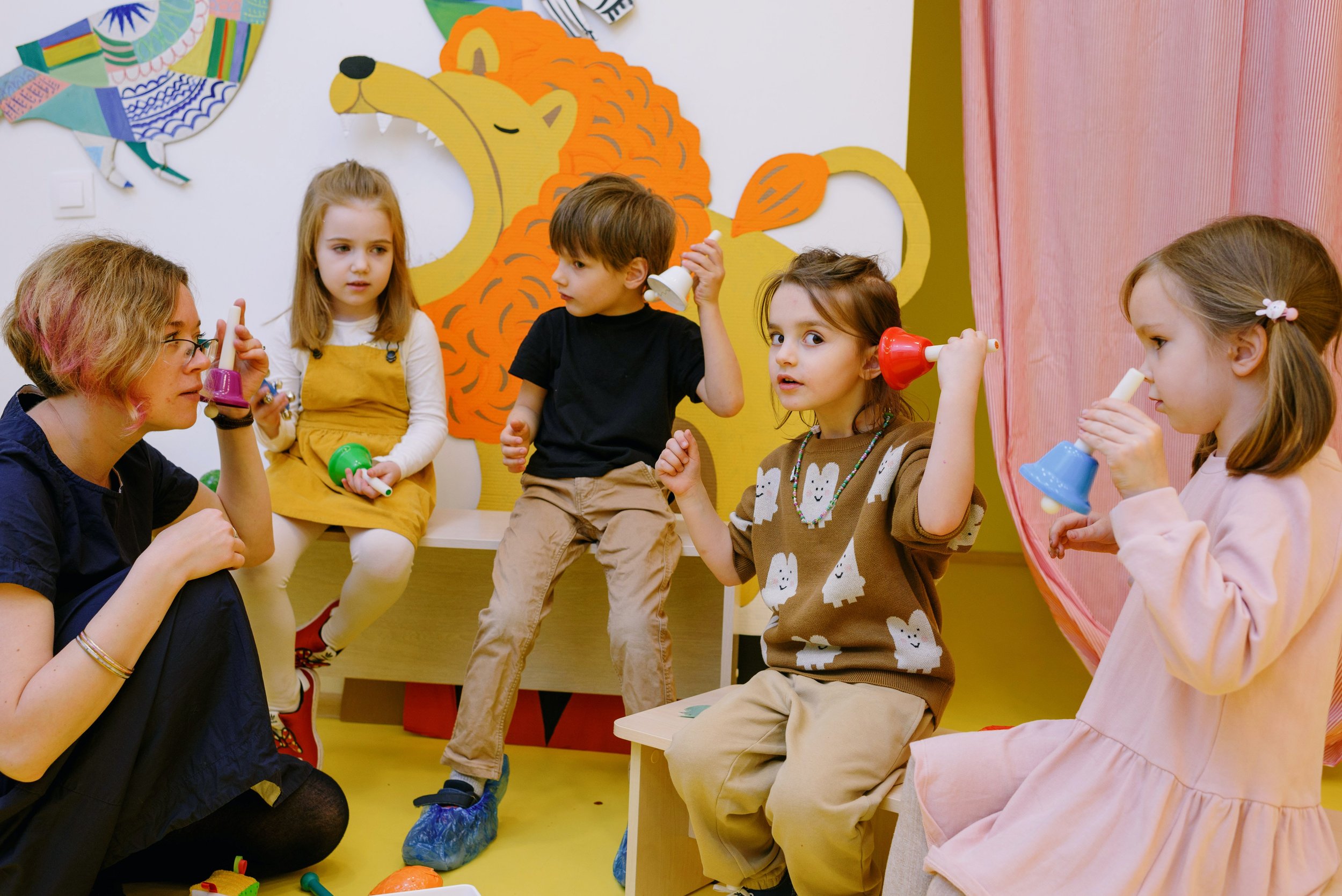When should my child start ABA?
Apply Behavior Analysis (ABA) is considered the most effective way to manage and teach children under the spectrum (ASD).
ABA therapy is based on the concept of positive reinforcement. It involves using rewards such as toys, favorite activities, or foods to encourage the child with ASD to adopt desirable behaviors. For example, when a child wants to play with a train, it is preferable that he verbally ask (word, sign, or image) an adult "train", instead of getting agitated or crying to get it.
Over time, children learn to behave in a socially acceptable way without the need to reward them. This happens gradually, thanks to the regular participation of the child in ABA sessions.
Is ABA therapy right for my child?
Teachers and other professionals around your child may rerefer you to ABA therapy if they see some signs of autism in your child.
An ABA specialist will conduct a complete assessment of your child's skills and will target learning objectives. Be aware that your child can start therapy even without an official diagnosis.
When should my child start ABA therapy?
The sooner your child can start behavioral therapy, the more likely they are to make progress later in life. Applied Behavior Analysis (ABA) is a therapy that breaks down tasks into small and manageable steps for children to learn.
Here are some of the main benefits of early ABA therapy:
It is more likely that your child will acquire skills essential to his development, including functional communication.
Behavioral problems and developmental disorders can be identified and treated before they become a hindrance to learning.
IQ levels can increase, especially if ABA therapy starts at an early age.
Learn autonomy.
Learn socialization skills.
Parents can learn effective parenting techniques necessary for their child with ASD, and consequently create a positive relationship from the beginning.
Personalized long-term schooling plan.
Early interventions allow your child to benefit immediately from long, in-depth sessions. Once, the child goes to school ABA sessions will decrease.
Starting early gives you enough time to seek and get financial help to cover the costs of ABA sessions.
How long does ABA therapy last?
The total duration of the therapy, as well as the duration of each session, will depend on different factors such as strengths, weaknesses, and needs of each child, learning objectives, the severity of ASD symptoms, the child’s own pace of learning, cooperation, and involvement of the family.
Most children attend ABA sessions for 1 to 3 years. Those with severe autism will require therapy for a longer period. Sessions can run daily, between 25 and 40 hours per week.
Know that even after your child has completed the ABA program, it is recommended to continue with other forms of therapy to maintain all acquired skills.
What should I do once my child stops ABA therapy?
You still need to put strategies in place to help your child adapt to new situations.
First, develop a transition plan with your ABA professional. The number of sessions and their duration must be gradually reduced, and it is recommended to continue applying ABA principles at home.
Also, it is important that your child remains stimulated in all areas emotionally, socially, academically, and physically. Do this by collaborating with the school and other professionals who work with your child.
Finally, consider other treatments that your child can follow once they have completed the ABA therapy.
Look for programs that enhance your child's abilities and preferences. Those that will help him achieve his goals and minimize the problematic symptoms of his ASD. Finally, promote the most effective and beneficial treatments for your child, those that rely on ABA techniques.








